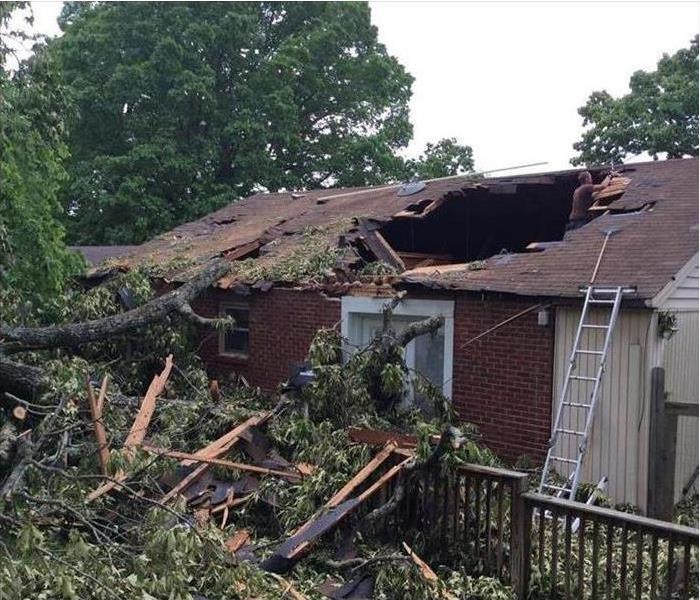The Difference Between Storm Damage and Water Damage
8/1/2021 (Permalink)
Storm Damage vs. Water Damage: What's the Difference?
Storms in South Cleveland, TN, can cause flooding in your home. Before you decide to tackle the problem yourself, however, you need to understand that all floods are not created equal. There is a big difference between flood damage and regular water damage, and it mainly stems from the contamination level of the water involved. Knowing the three categories of water contamination can help you determine if the flood in your home is something that you need to call in the experts to manage.
1. Category 1 – Clean Water
The first level of contamination is clean water. Any time water is coming from a leaking faucet, it is likely clean water, at least at first. Likewise, when a pipe or a supply line breaks, you most likely are dealing with clean water. Even if the resulting flood makes a mess, the water is not likely to be contaminated. If neglected, however, clean water can easily become gray water.
2. Category 2 – Gray Water
Gray water is the second category of contamination. Gray water is not safely ingestible because it is likely to contain bacteria or viruses. Flooding from a washing machine or an overflowing toilet is probably gray water. If it is not dealt with in a timely manner, it can become black water.
3. Category 3 – Black Water
There's no telling what's in black water, and that's what makes it the highest category of contamination. It often contains raw sewage, microbes and chemicals. Flood damage from storms or rivers is black water, as there is no way to keep sewage, debris and any chemical washed off the street or the top of buildings out of it.
The contamination level of storm water is the main reason you should always have damage that results from flooding from a storm remedied by professionals. They not only extract the excess moisture but clean the contaminants out of your home.






 24/7 Emergency Service
24/7 Emergency Service
